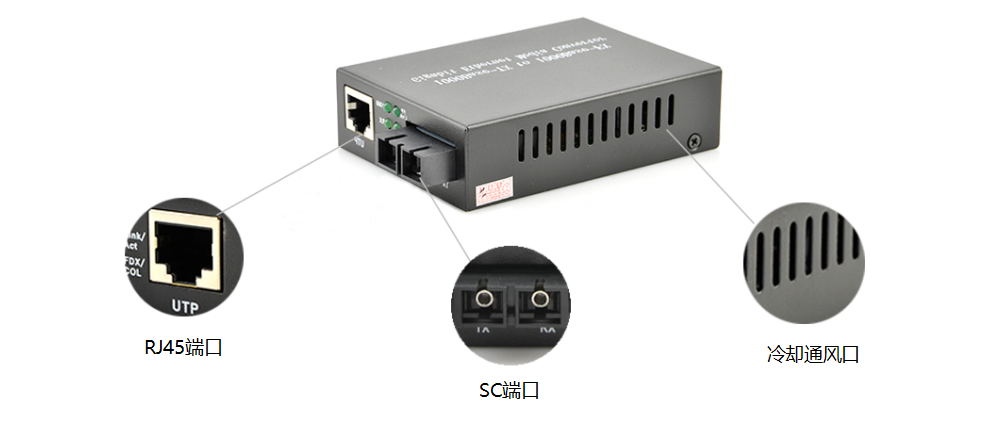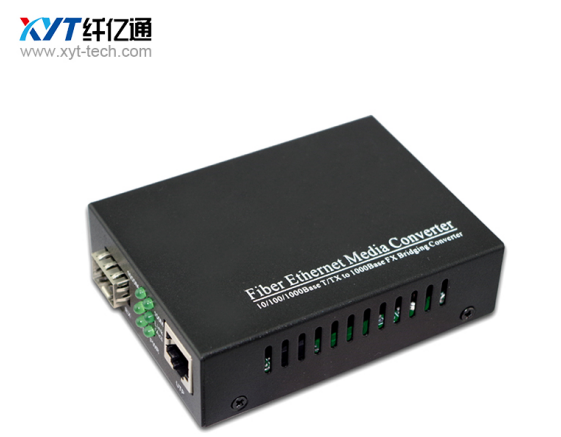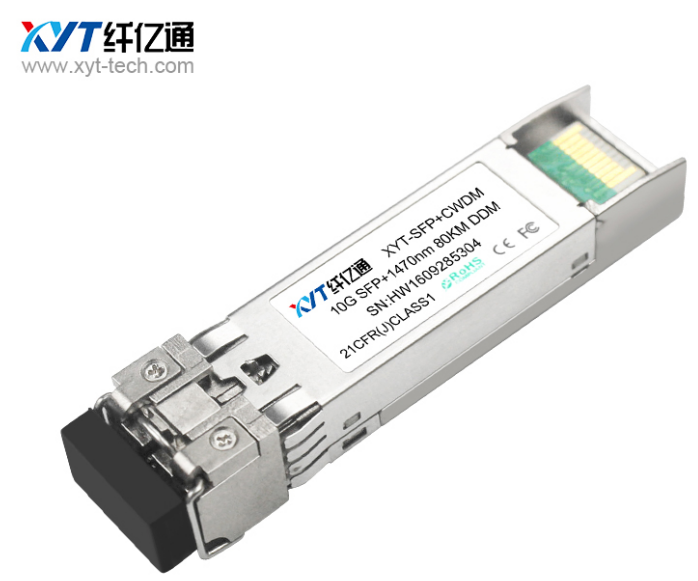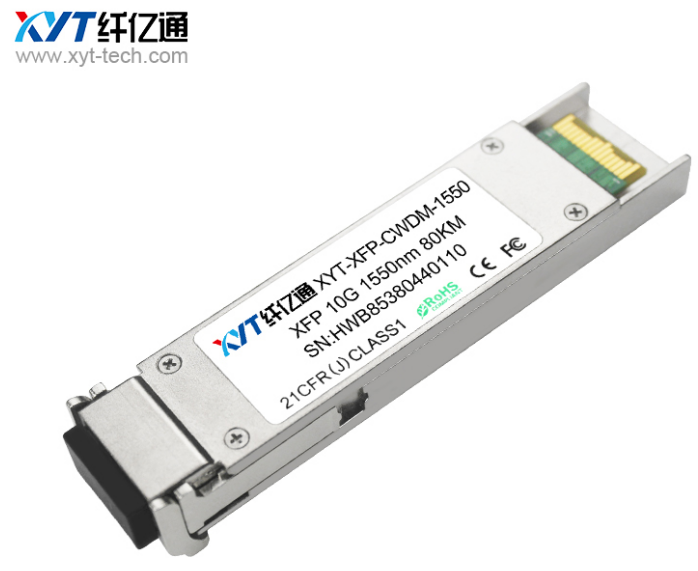 Chinese English
Chinese English
 Chinese English
Chinese English
In the field of optical communication, there are many devices with similar functions, such as optical transceivers and media converter, which are all devices for photoelectric conversion. Sometimes they have different names. The optical module is also called the photoelectric integrated module, and the media converter is also called the photoelectric converter. What is the difference between them, will you distinguish? Take a look at the description of this article!
What is a media converter? what's the effect?
A media converter is a device that converts short-distance electrical signals and long-distance optical signals. Generally, it is used in long-distance transmission, transmitting through optical fibers, converting electrical signals into optical signals, and transmitting them at the receiving end. The received optical signal is converted into an electrical signal, and the optical transceiver is a cost-effective solution that can be upgraded without requiring a lot of manpower, material resources and time. The media converter has a microprocessor and diagnostic interface that provides a variety of data link performance information. Widely used in fiber-to-the-home, security monitoring, community network construction and broadcasting and television broadcasting.(pic 1&2)

Pic.1

Pic.2

Pic.3
What is a optical transceiver? what's the effect?
The function of the optical transceiver is also the conversion between the photoelectric signals. It is mainly used for the carrier transmitted between the switch and the device. The transmitting end converts the electrical signal into an optical signal. After transmitting through the optical fiber, the receiving end converts the optical signal into an electrical signal. The principle is the same as that of the optical transceiver, except that the optical transceiver is more efficient and safer than the transceiver.(pic.4)

Pic.4

Pic.5
What device is the optical transceiver used for?
The range of optical transceivers used is simple. In some places where optical fibers are required, optical transceivers are used. The devices commonly used in optical transceivers and the types of optical transceivers used are:
1. Optical transceiver: Video optical transceivers generally use 1*9 single-mode optical transceivers, and some high-definition optical transceivers also use SFP optical transceivers.
2, media converter: 1 * 9 optical transceiver.
3. Switch: Adopt SFP, XFP optical transceiver, etc.
4, fiber network card: 1 * 9, SFP, SFP + optical transceivers.
5, fiber high-speed ball machine: the use of SFP optical transceivers.
6. Base station: SFP and XFP optical transceivers are used.
7. Repeater: SFP optical transceiver is used.
According to the optical transceiver package type mentioned above, the SFP, SFP+, and XFP optical transceivers that are selected by the user are exemplified.

Pic.6
What is the difference between an optical transceiver and a media converter?
1. optical transceivers are accessories, which are generally used only in switches and devices with optical transceiver slots; media converter can be used separately.
2. The optical transceiver supports hot swap and flexible configuration. The optical transceiver is a fixed specification and it is difficult to replace and upgrade.
3. The optical transceiver is powered by the supporting equipment; the media converter is a separate power supply.
What should I pay attention to when pairing an optical transceiver with a media converter?
The optical transceiver is a functional module and cannot be used alone. In the design of the optical network structure, we often use the optical transceiver and the media converter together. Let's take a look at what should be paid attention to when pairing the optical transceiver with the media converter.
1. The wavelength and transmission distance must be the same. For example, the wavelength is 1310nm or 850nm, and the transmission distance is 10KM.
2. The fiber optic patch cable pigtail interface should be selected. The SC port used in the general fiber transceiver and the LC port are used in the optical transceiver.
3. The rate of the media converter and the optical transceiver must be the same. For example, the gigabit media converter corresponds to the 1.25G optical transceiver, the 100 megabit is connected to the megabit, and the gigabit is connected to the gigabit.
4. The optical transceiver type needs to adopt the same type, single fiber to single fiber, and dual fiber to dual fiber.
